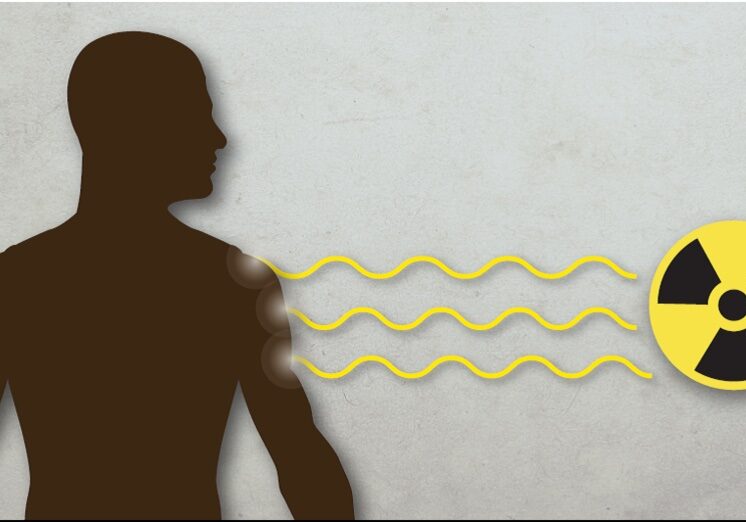Low-dose radiation risk underestimated

New research tracking the deaths of workers in the nuclear industry indicates that risk for cancer death from protracted exposure to external, low-dose radiation has been underestimated. Some of the evidence even indicates a steeper slope for the dose-response association in the low dose range than over the full dose range.
Up to now, the solid cancer mortality risk has been based on the health impacts of the atomic bombings at Hiroshima and Nagasaki at the end of the Second World War, which are not comparable to radiation exposures delivered over time.
These new findings have stark implications for radiation exposure regulations applying to workers, which these researchers say should be strengthened.
But this evidence also has implications for the wider public, as most workers are healthier than the general population. Little girls — who were not part of the study — are known to be about 7 times more susceptible to radiation exposure than adult males, the population most represented in nuclear worker studies. Pregnancy development is especially susceptible as well, raising more concern about people who live in radiologically contaminated areas as if it were normal.
Support Beyond Nuclear
Help to ensure a safer, greener and more just world for all

